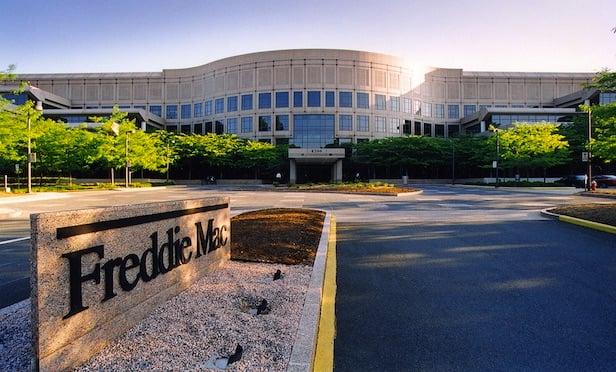WASHINGTON, DC—Multifamily rental housing is expected to be a key component of Opportunity Funds, according to an analysis by Freddie Mac. Indeed, it notes that of the 117 planned funds identified by the National Council of State Housing Agencies as of April 4th of this year, 76 have an investment focus of multifamily residential development, with estimated earmarked funds totaling between $18.8 billion to $19 billion.
Freddie Mac, as well, expects it will be active in providing financing to these areas—certainly if past history is any guide.
Since 2010, Freddie Mac's business in Opportunity Zones has grown more than 75% faster than its business in other areas. Of the 630,000 conventional multifamily units that Freddie Mac financed in 2018, just over 71,000 were located in areas that are now designated as Opportunity Zones. This corresponds to 11.3% of units, which is slightly above the percentage of people living in these areas.
In general, the GSA says, Opportunity Zones have historically contained a large number of multifamily rental units that are affordable to very low-income households. These areas often have a higher proportion of small- to medium-sized multifamily properties, which tend to cater more to lower-income renters. In fact, Freddie Mac reports that rental housing that is affordable to very low-income households is more than twice as common in Opportunity Zones compared with areas outside of Opportunity Zones. Also, although still rare, the percentage of rural rental housing in Opportunity Zones is nearly three times higher than that of other areas.
Demographic and Housing Characteristics
Freddie Mac took a deeper dive into the demographic and housing characteristics of Opportunity Zones to better illustrate these stats.
Two of the defining characteristics of Opportunity Zones are low income and high poverty. Income is 45.3% lower in Opportunity Zones compared with the rest of the nation. Renters in Opportunity Zones fare a little bit better, earning 36.4% less than renters outside of these zones. The poverty rate in Opportunity Zones is 28.7%—more than twice as high as the rate for other areas in the nation.
The homeownership rate is another defining housing characteristic in Opportunity Zones. In these areas, fewer than half of all households own their home, according to Freddie Mac. “This is not surprising since income and homeownership rates are positively correlated, indicating that areas with low income will generally have a high renter rate,” according to its report.
Among renter households, the composition of single-family versus multifamily mirrors the rest of the country. That is, both inside and outside of Opportunity Zones, just over 43% of all renters reside in multifamily units.
Finally, housing units in Opportunity Zones tend to be relatively old, and this is true for both owner-occupied and renter-occupied units. In Opportunity Zones, 28.7% of the multifamily rental stock was built prior to 1960, which compares with a rate of less than 20% for other areas. A similar trend is found for owner-occupied units (regardless of structure size), where the rate is 35.2% and 26.7%, respectively.
© Touchpoint Markets, All Rights Reserved. Request academic re-use from www.copyright.com. All other uses, submit a request to [email protected]. For more inforrmation visit Asset & Logo Licensing.








